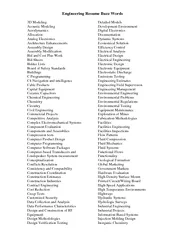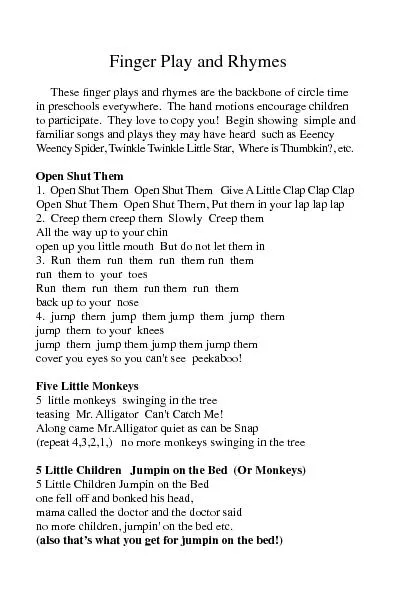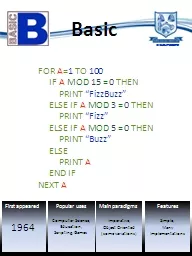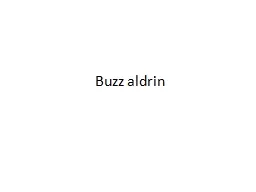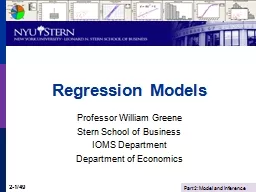PPT-Focus Lesson: Buzz Words
Author : yoshiko-marsland | Published Date : 2018-11-08
Remember our procedures Come in and quietly get your focus lesson and pencil box Begin working immediately Complete the Taking it to the Next Level Column Amylase
Presentation Embed Code
Download Presentation
Download Presentation The PPT/PDF document "Focus Lesson: Buzz Words" is the property of its rightful owner. Permission is granted to download and print the materials on this website for personal, non-commercial use only, and to display it on your personal computer provided you do not modify the materials and that you retain all copyright notices contained in the materials. By downloading content from our website, you accept the terms of this agreement.
Focus Lesson: Buzz Words: Transcript
Download Rules Of Document
"Focus Lesson: Buzz Words"The content belongs to its owner. You may download and print it for personal use, without modification, and keep all copyright notices. By downloading, you agree to these terms.
Related Documents


